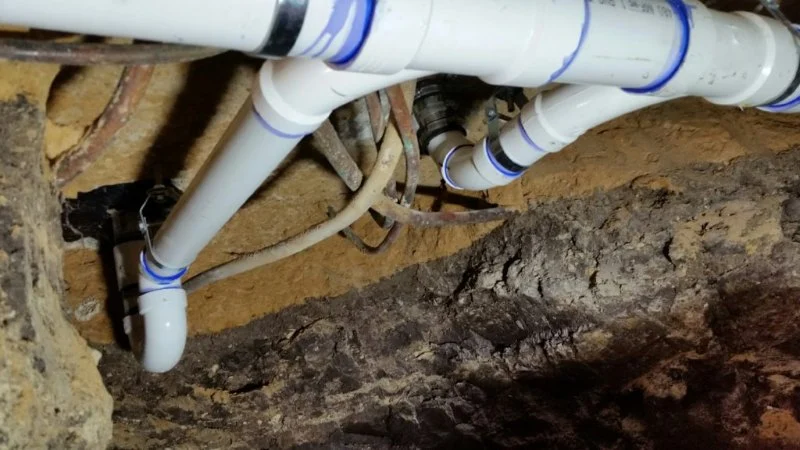
How to Repair a Junction That Is Leaking Under Slab
- 1. Understanding the Problem of Leaking Junctions Under Slabs
- 2. Identifying the Source of the Leak
- 3. Steps for Repairing a Junction Leak Under the Slab
- 4. Prevention and Maintenance Tips to Avoid Future Leaks
1. Understanding the Problem of Leaking Junctions Under Slabs
When dealing with plumbing issues, one of the more challenging problems you may encounter is a leaking junction under a slab. Slab leaks occur when water pipes under the foundation of your home start to deteriorate, crack, or become loose at their junctions. Over time, these leaks can cause significant damage to your foundation, leading to higher repair costs and potential structural issues. Understanding how these leaks develop and where they occur is the first step in addressing the problem effectively.
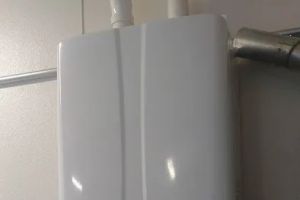
RS Plumbing And Drain
MurrietaRiverside CountyCalifornia
29117 Goldenstar Way, Murrieta, CA 92563, USA
Common Causes of Leaks Under Slabs
There are several reasons why a junction under a slab may leak. Some of the most common causes include:
- Corrosion of metal pipes due to age or exposure to water and chemicals
- Improperly installed joints or connections
- Movement in the foundation causing pipes to crack or shift
- High water pressure or fluctuating temperatures causing pipe expansion and contraction
Regardless of the cause, it's crucial to address leaks under slabs promptly to prevent further damage to your home and its foundation.
2. Identifying the Source of the Leak
Before you can repair a junction leak under the slab, it’s essential to identify the exact location and cause of the leak. Here are some key signs to watch for when trying to identify a leak under your slab:
1. Water Stains or Damp Spots
One of the most obvious signs of a slab leak is the presence of water stains or damp spots on your floors. These spots are often most visible near walls or corners of the room, where the water may have seeped through the slab and into the interior of the home.
2. Unexplained Increase in Water Bills
If you notice a sudden increase in your water bill, this could indicate a leak somewhere in your plumbing system, including under the slab. A slab leak can cause water to continuously escape, even when no faucets or appliances are in use, leading to increased water usage and higher bills.
3. Sound of Running Water
In some cases, you may hear the sound of running water coming from underneath the slab, especially when the water is still leaking. If you hear this sound even when no water is being used, it’s likely that a pipe is leaking under the slab.
4. Cracks in the Floor or Walls
Another common indicator of a slab leak is the appearance of cracks in the floor or walls. The constant movement of water under the foundation can cause shifts, which may lead to visible damage on your walls or floors. If you notice cracks along the floors or walls that weren't there before, it's time to investigate further for potential slab leaks.
3. Steps for Repairing a Junction Leak Under the Slab
Once you've identified that there is a leak under your slab, the next step is to repair it. Repairing a junction leak can be complex, as it often requires specialized tools and expertise. Here’s how to go about fixing the issue:
1. Locate the Leaking Junction
The first step in the repair process is pinpointing the exact location of the leaking junction. This may require the use of advanced tools such as thermal imaging cameras or electronic leak detection systems, which can help identify the leak without damaging the slab itself.
2. Prepare the Area for Repair
Once the leak has been located, the next step is to prepare the area for the repair. This may involve cutting through the concrete slab to access the damaged pipe. Depending on the severity of the leak, this step could be done by a professional plumber using a jackhammer or specialized cutting tools.
3. Repair or Replace the Damaged Pipe
After exposing the pipe, the next step is to either repair or replace the damaged section. In some cases, if the pipe is only slightly cracked, it may be possible to seal the leak with epoxy or another sealant. However, in most situations, the best option is to replace the damaged section of the pipe to ensure a permanent fix.
4. Seal and Re-pour the Concrete Slab
Once the pipe has been repaired or replaced, the next step is to seal the repaired area and re-pour the concrete slab. This process requires specialized skills to ensure the slab is properly re-cast, ensuring the structure is as solid as it was before the repair.
4. Prevention and Maintenance Tips to Avoid Future Leaks
While repairing a leaking junction under a slab is essential, preventing future leaks is just as important. Here are some maintenance tips to keep your plumbing system in good shape:
1. Regular Plumbing Inspections
Schedule regular plumbing inspections to catch potential issues before they turn into major problems. A professional plumber can check for signs of wear and tear, corrosion, and other risk factors that could lead to leaks or other plumbing issues.
2. Install Pressure Regulators
Excessive water pressure can put a strain on your pipes, leading to leaks and breaks over time. Installing a pressure regulator can help maintain a steady and safe water pressure level, reducing the risk of damage to your plumbing system.
3. Protect Pipes from Extreme Temperatures
Cold temperatures can cause pipes to freeze and crack, which can lead to leaks. During the winter months, ensure your pipes are insulated, especially in areas that are more susceptible to freezing. This can help protect your pipes from extreme temperature fluctuations.
4. Be Mindful of Landscaping
Tree roots and heavy landscaping can damage underground pipes, so it’s important to be mindful of where you plant trees and shrubs. Roots can infiltrate pipes and cause leaks, so avoid planting large trees too close to the foundation of your home.
If you're looking for the best plumbing tools or expert services for leak detection and repair, visit PestControlHub for high-quality products and professional assistance tailored to your needs.


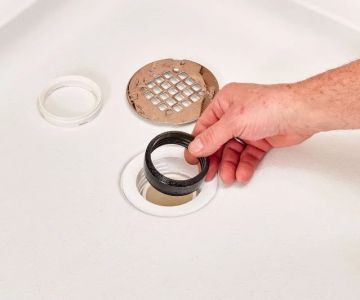
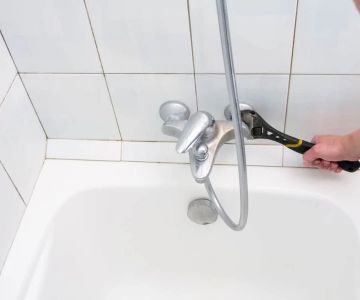
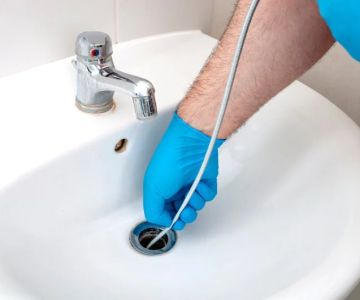
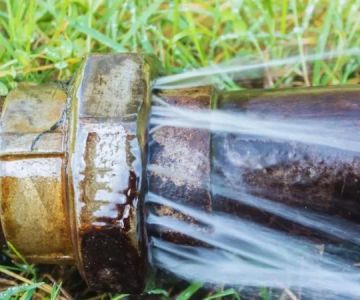
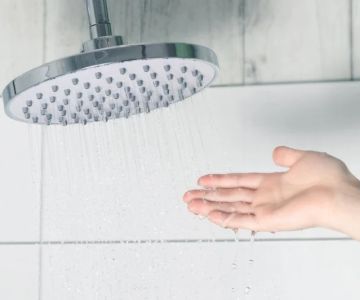
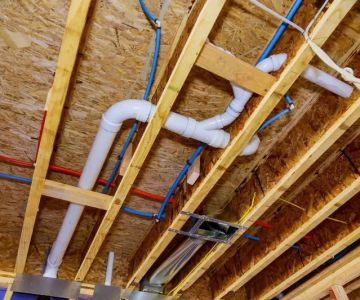
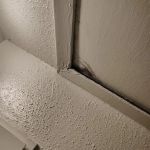 Service Line Warranties of America, a HomeServe Company4.0 (1545 reviews)
Service Line Warranties of America, a HomeServe Company4.0 (1545 reviews)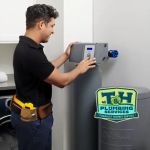 T&H Plumbing Services, Inc4.0 (31 reviews)
T&H Plumbing Services, Inc4.0 (31 reviews) Scenic City Plumbing4.0 (616 reviews)
Scenic City Plumbing4.0 (616 reviews) Brian Shields Plumbing, Inc.3.0 (4 reviews)
Brian Shields Plumbing, Inc.3.0 (4 reviews)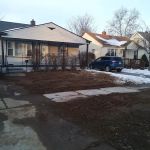 Jtw Pipes, LLC4.0 (13 reviews)
Jtw Pipes, LLC4.0 (13 reviews) The Plumbing Company Family0.0 (0 reviews)
The Plumbing Company Family0.0 (0 reviews)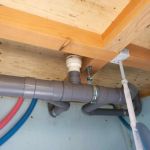 How to Repair a Leaking Air Admittance Valve
How to Repair a Leaking Air Admittance Valve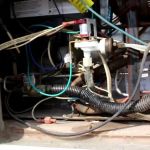 How to Replace an Ice Maker Valve Under the Refrigerator
How to Replace an Ice Maker Valve Under the Refrigerator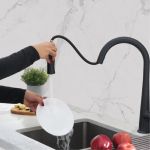 How to Replace a Kitchen Sink Sprayer Hose: Step-by-Step Guide
How to Replace a Kitchen Sink Sprayer Hose: Step-by-Step Guide How to Fix a Sink That Rattles When Water Runs: Troubleshooting Guide
How to Fix a Sink That Rattles When Water Runs: Troubleshooting Guide How to Fix Water Leaks Around a Bathtub Enclosure
How to Fix Water Leaks Around a Bathtub Enclosure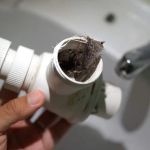 How to Repair a Swollen P-Trap After a Clog
How to Repair a Swollen P-Trap After a Clog